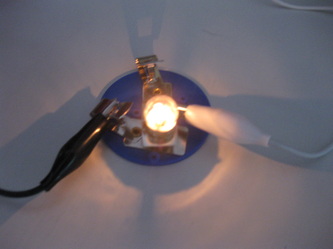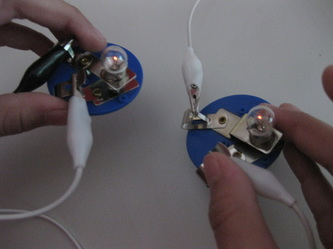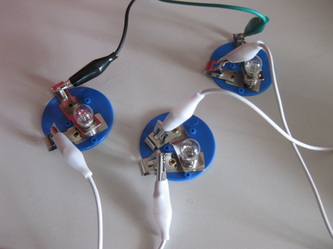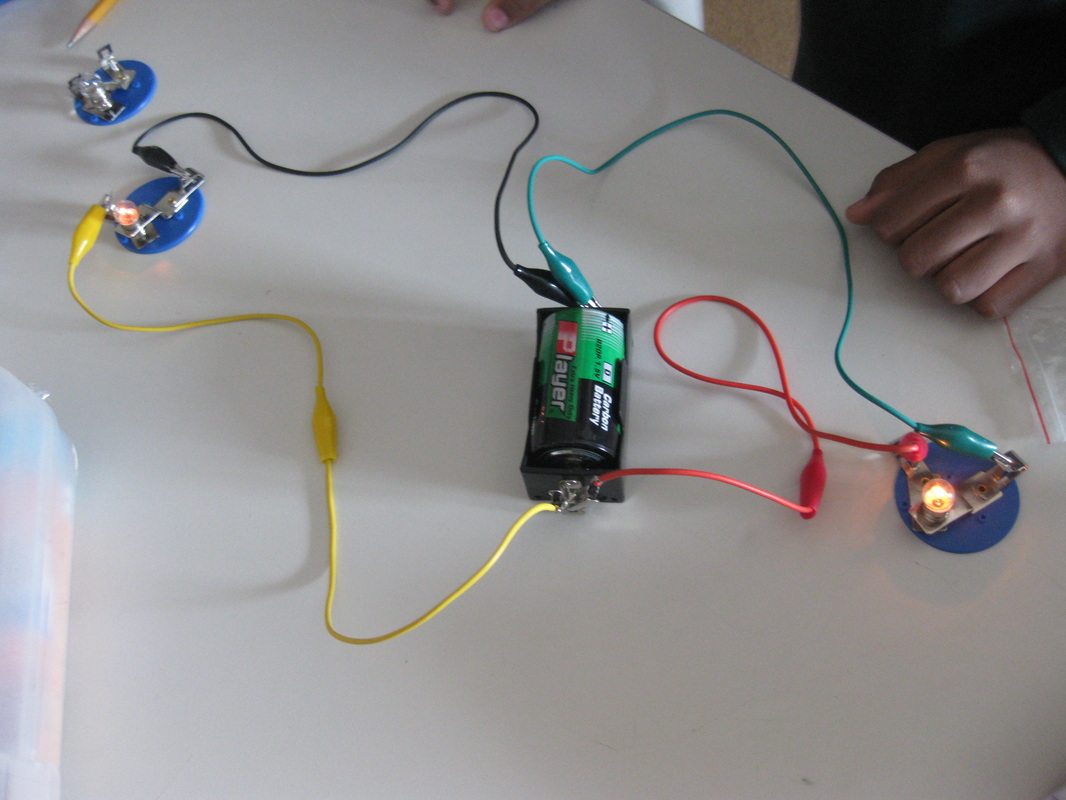As we dig deeper into circuitry, third graders have quickly discovered the drawbacks of series circuits. Every time a bulb is added to the circuit, the energy must be split between all the bulbs, making their lights dimmer. When we untwist a bulb, we see how all the bulbs go out as we create a gap in the circuit. Sometimes we need bright light, and when one person shuts out the lights in their room, we may not want the lights out in ours. The solution...another type of circuit!
Using parallel lines in famous quadrilaterals, third graders began to see the connections between infamous shapes like squares, rectangles, and trapezoids to set up their parallel circuits. The good news? Parallel circuits create more than one path for the electricity to follow, and when one bulb is removed, the other stays lit! How amazing!
Using parallel lines in famous quadrilaterals, third graders began to see the connections between infamous shapes like squares, rectangles, and trapezoids to set up their parallel circuits. The good news? Parallel circuits create more than one path for the electricity to follow, and when one bulb is removed, the other stays lit! How amazing!




 RSS Feed
RSS Feed